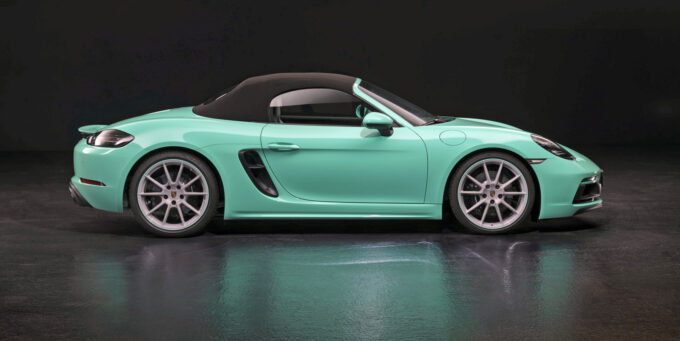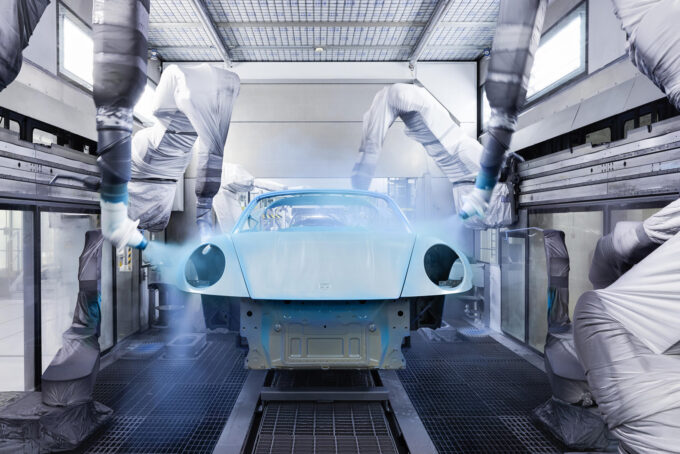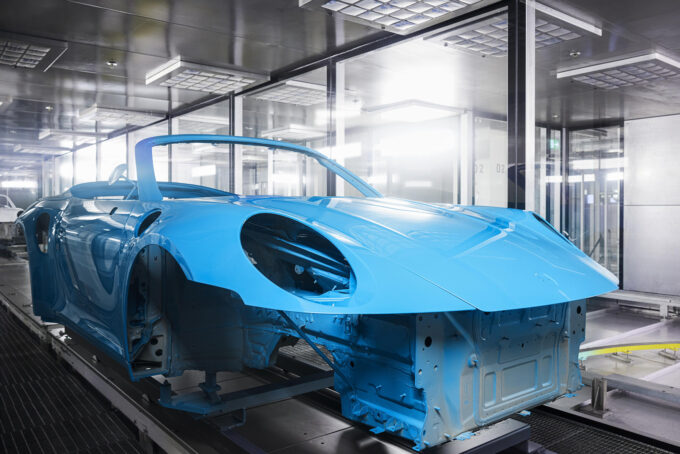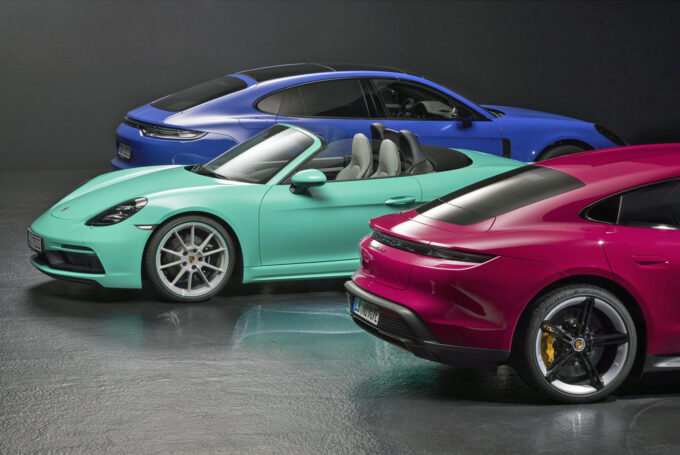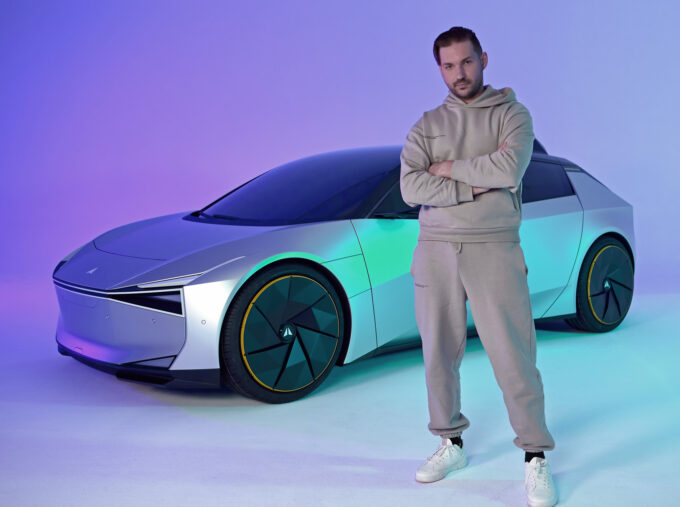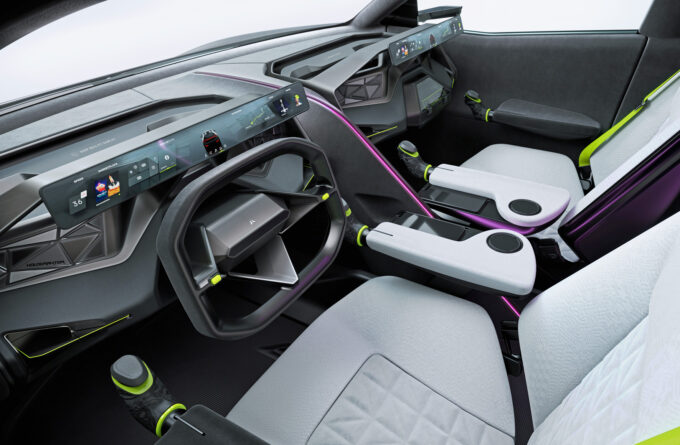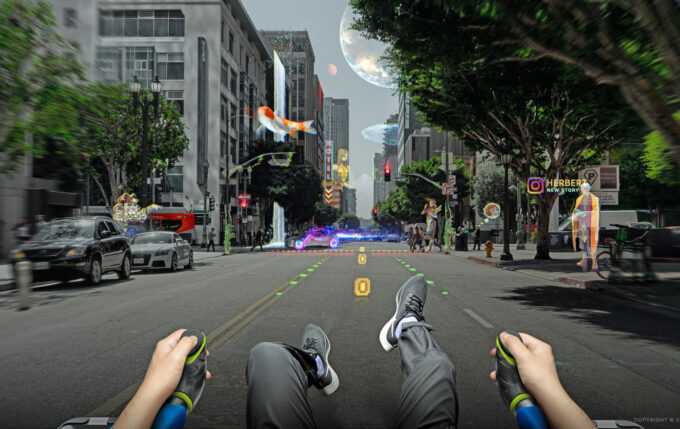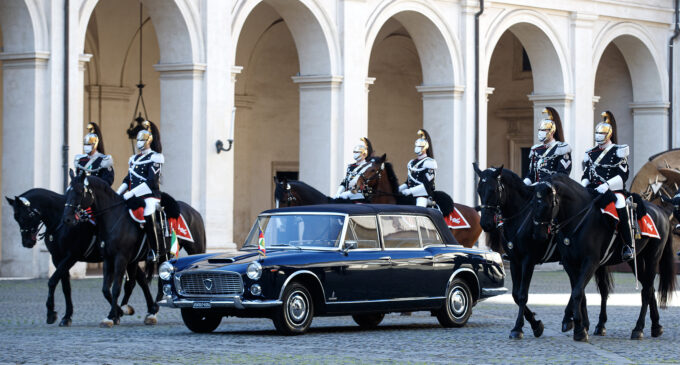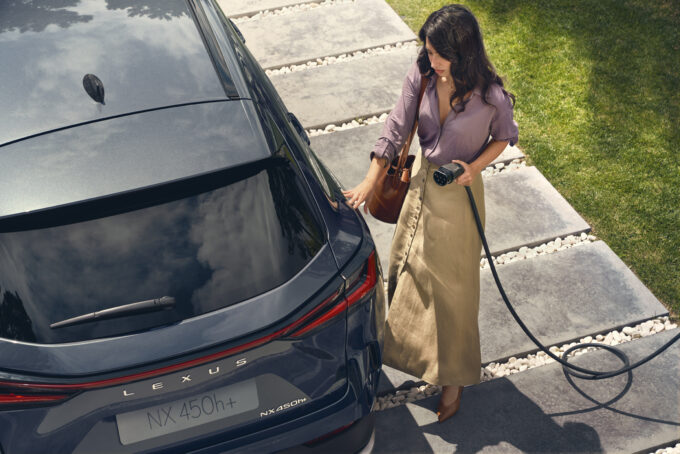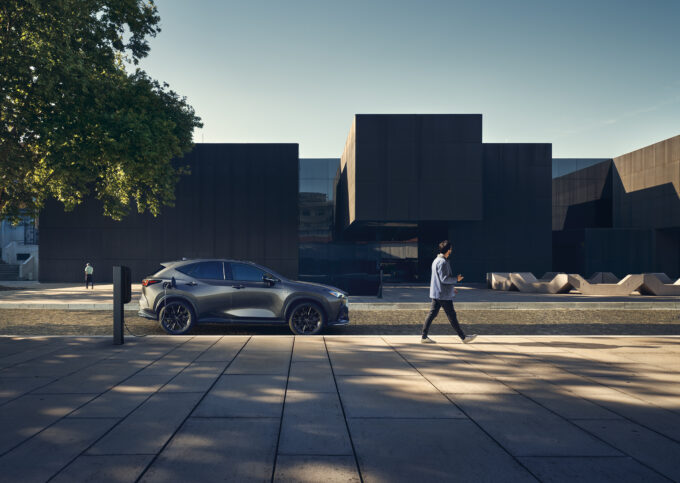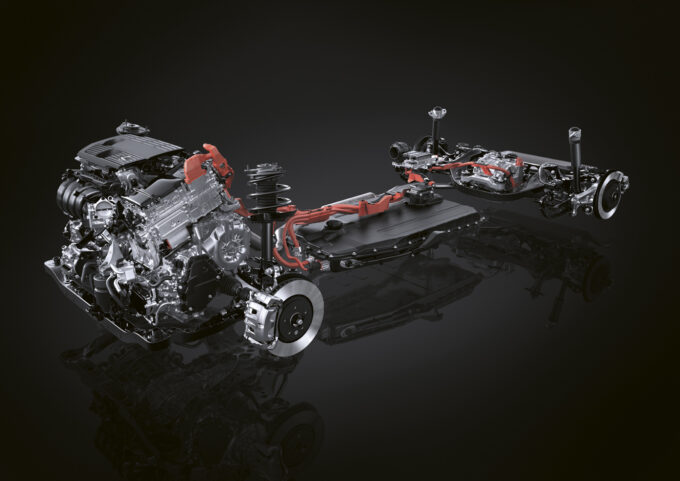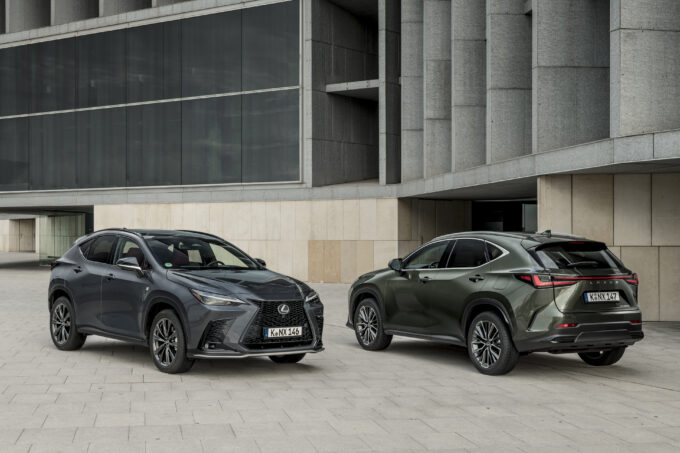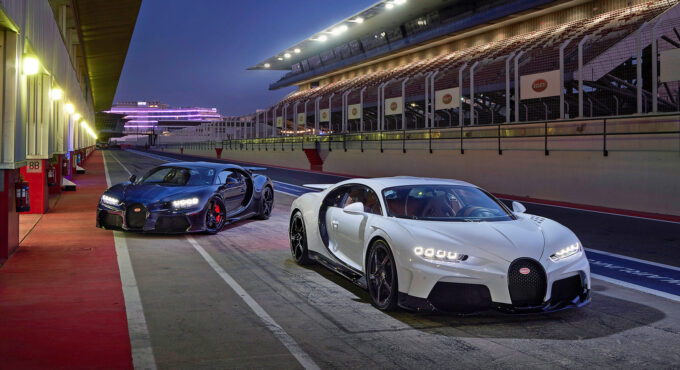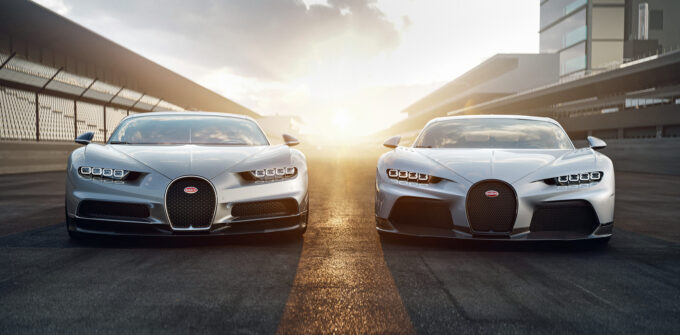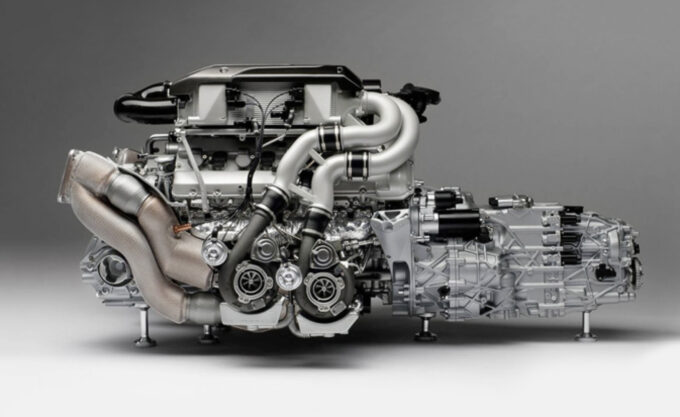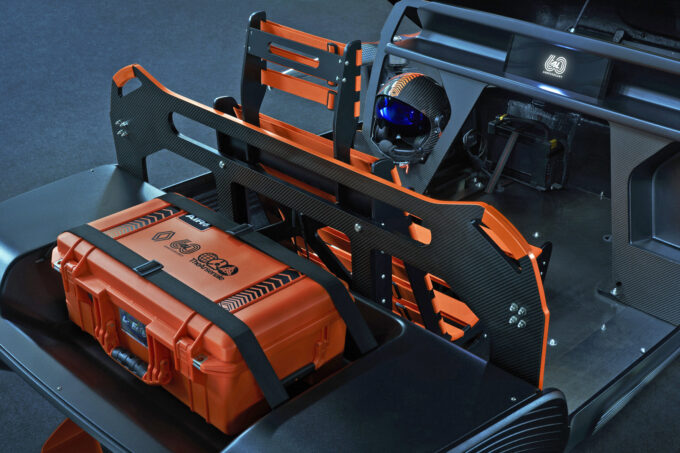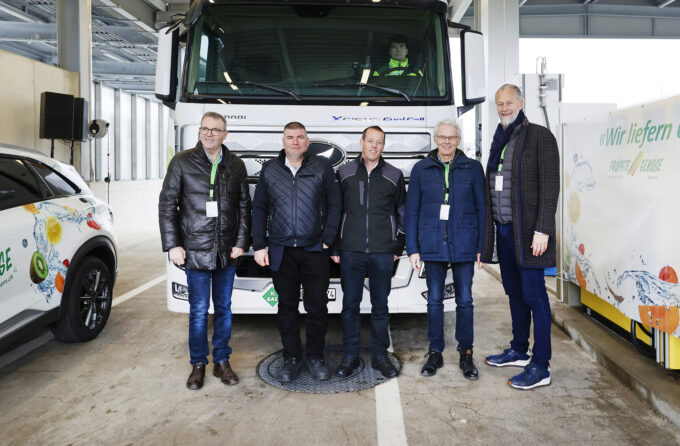Opel: News from the flash
BACKGROUND Opel Post is one of the most traditional employee magazines in German industry. Founded in 1949 as a classic newspaper, Opel Post has also been available as a web magazine for fans of the brand since 2013.
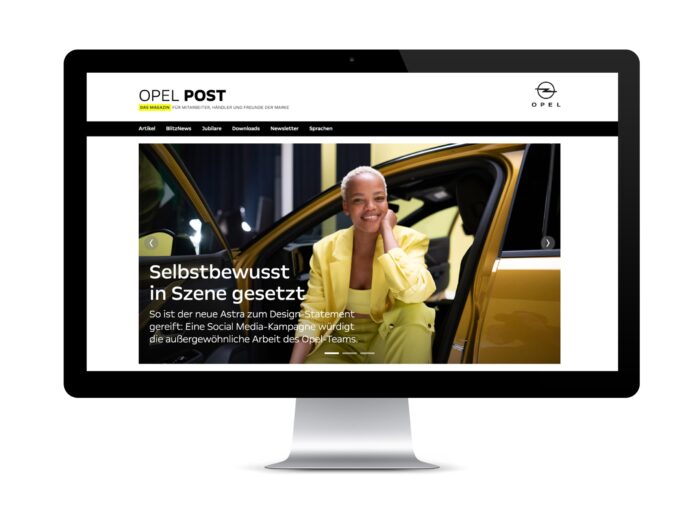
In the new issue, the editorial team led by Editor-in-Chief Roland Korioth has adapted more than just fonts and colors to the current Opel CI, but also the layout.
Photos and videos can be viewed across the entire screen width of smartphones, tablets and large monitors. News can now be found in the BlitzNews section. Reports about fans and their special cars are collected as BlitzStories.
Relaunch with rapper and Opel fan Moses Pelham
Harald Hamprecht, head of communications at Opel: "We present exciting people and their work, portray dealers, tuners and their dream cars, and offer a veritable treasure trove of downloads - from unique design sketches from all eras to coloring and craft templates for the Blitz kids."
For the relaunch, for example, the magazine accompanies music producer, rapper and Opel fan Moses Pelham on a tour in the Mokka-e through his hometown of Frankfurt. The musician reveals how his new album "Nostalgie Tape" and the song "Insignia" came about.
opelpost.com








